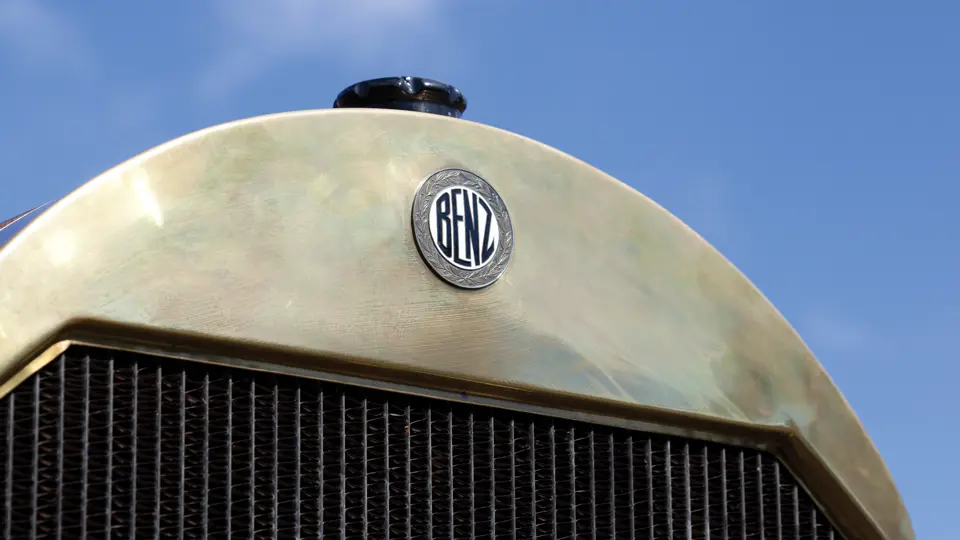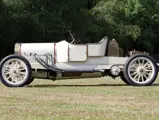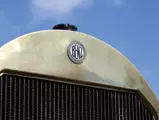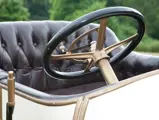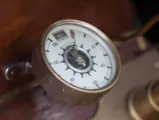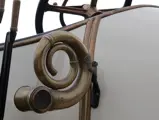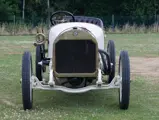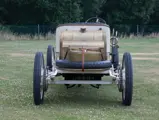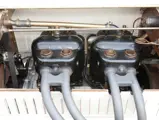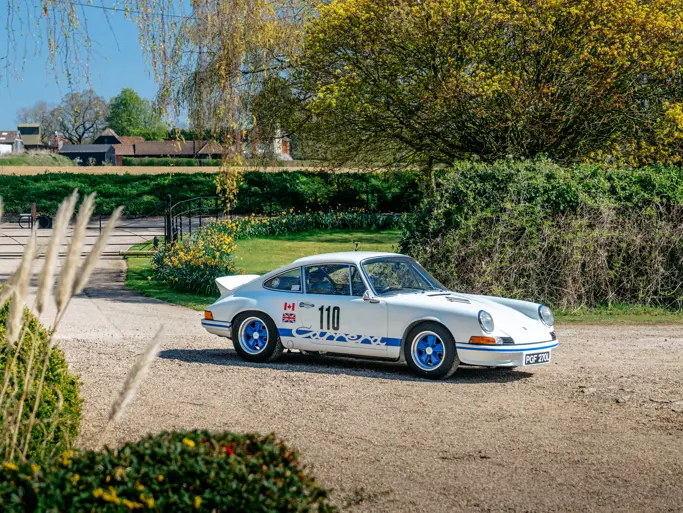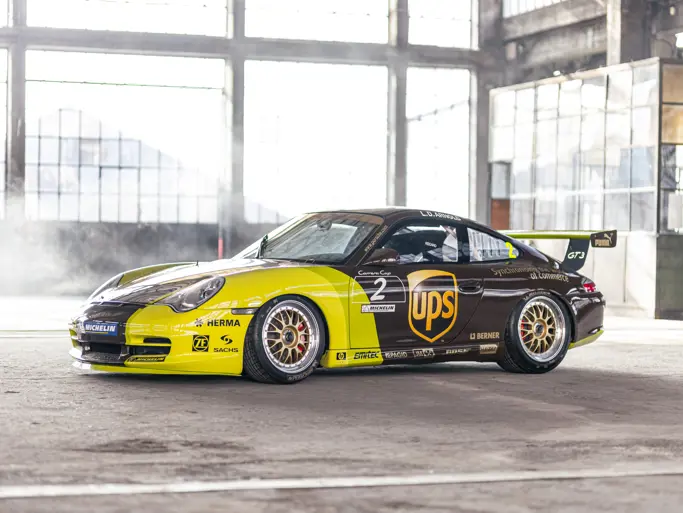35/70 hp, 8,885 cc inline T-head four-cylinder engine, four-speed manual gearbox with double chain drive, solid front and rear axles with semi-elliptic leaf springs, and mechanical transmission brake with two-wheel parking brakes. Wheelbase: 3,350 mm
Although Carl Benz began his motorwagen endeavours with spidery tricycles, it didn’t take long for four-wheel models to follow. It was the two-cylinder Parsifal of 1903, however, that took on the image of a “modern” car, and a four-cylinder engine was introduced the same year. By 1907, the cars were racing, and three years later, engines of two to ten litres were offered. The 35/60 PS (the “P” referring to pferdestärke, which is German for its horsepower rating) helped the company double sales in 1909. A year later, Benz commanded 10 per cent of German production and soon overtook then-rival Mercedes in output.
As an older restoration that is wearing contemporary yet attractive racing style speedster coachwork with open-wheels, this car is very handsome in white with polished brass mouldings. The body exhibits excellent craftsmanship and is complemented by a brass fuel tank and tool box at the rear. A pair of portable brass fuel tanks nest inside the spare tyre. Other brass accoutrements include the radiator shell, a bulb horn, and hub caps, all of which show some scars of the ages and a gentle patina.
The leather seat shows age and some wear, but it is entirely presentable and serviceable. The dashboard is varnished wood and has original instruments, including gauges for oil pressure and fuel pressure and a 120 km/h speedometer. The engine compartment is clean and nicely detailed, and an electric starter has been fitted for convenience in firing up the large-displacement engine. As a period-appropriate re-creation of an early 20th century speedster, this car is sure to engender a rush of adrenaline on the road.




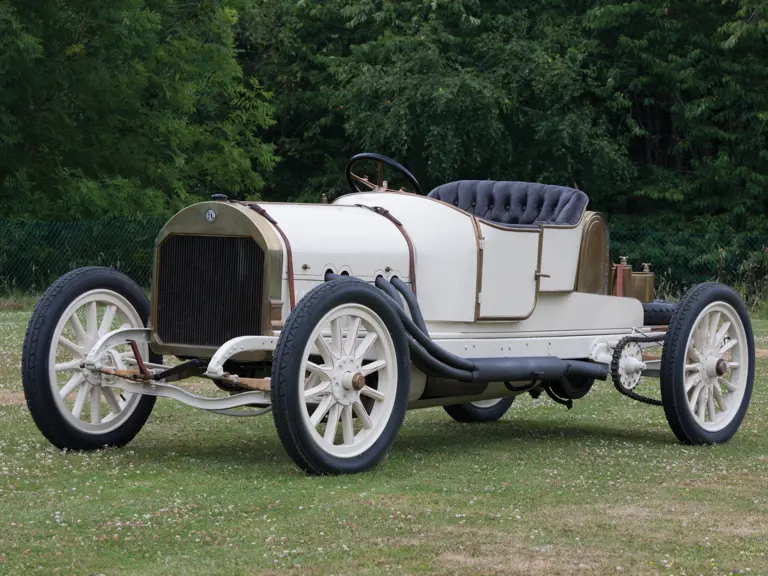

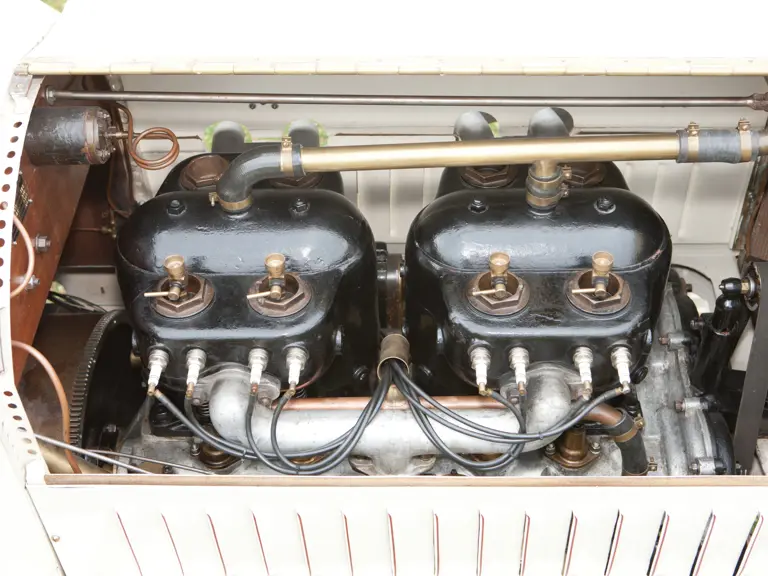
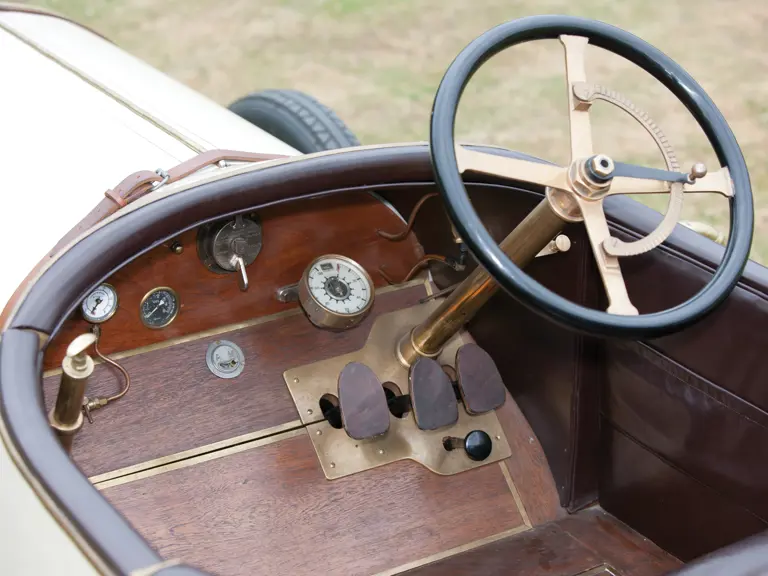



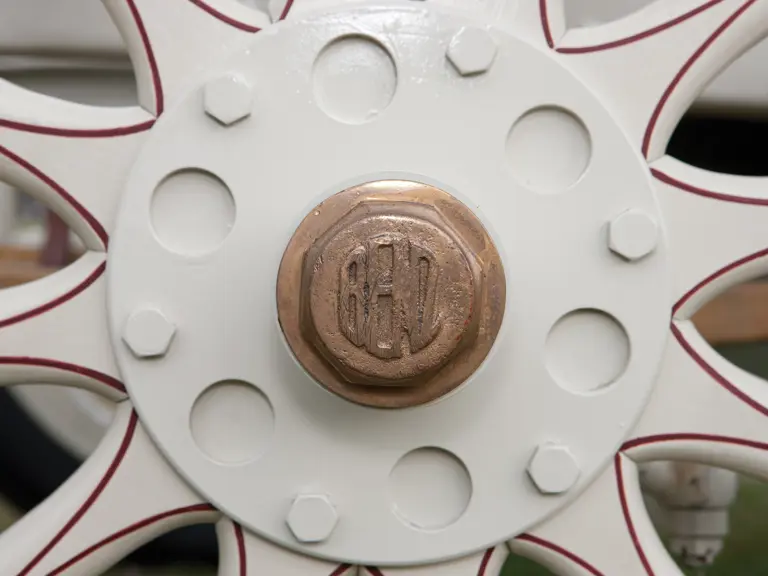

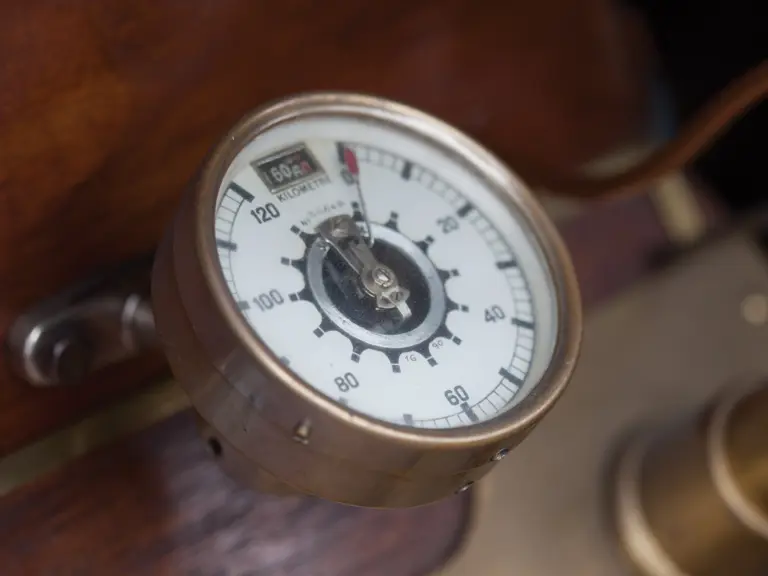
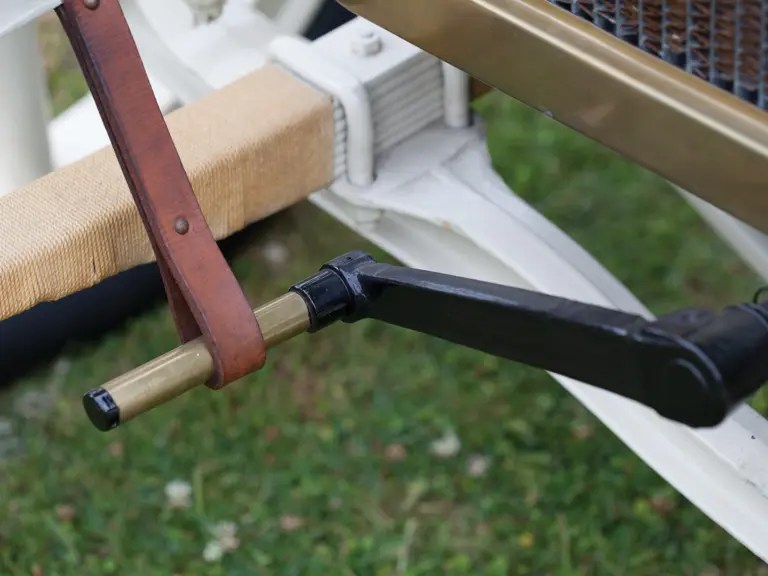
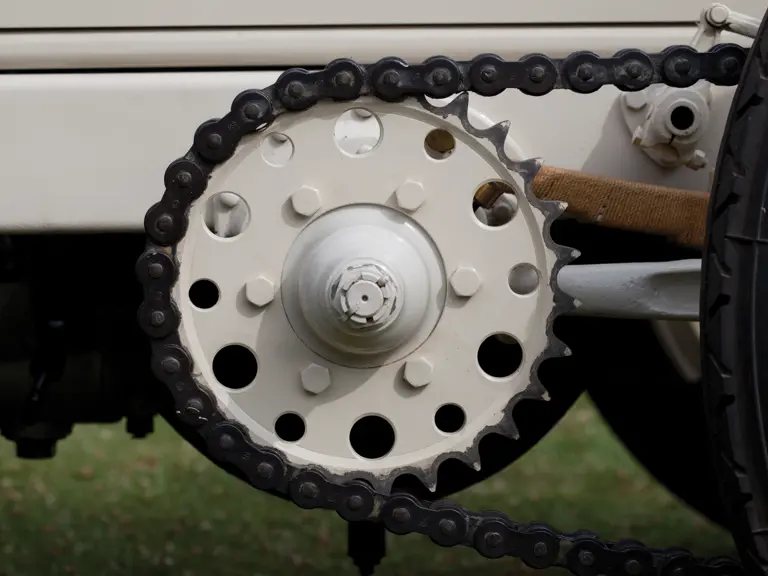
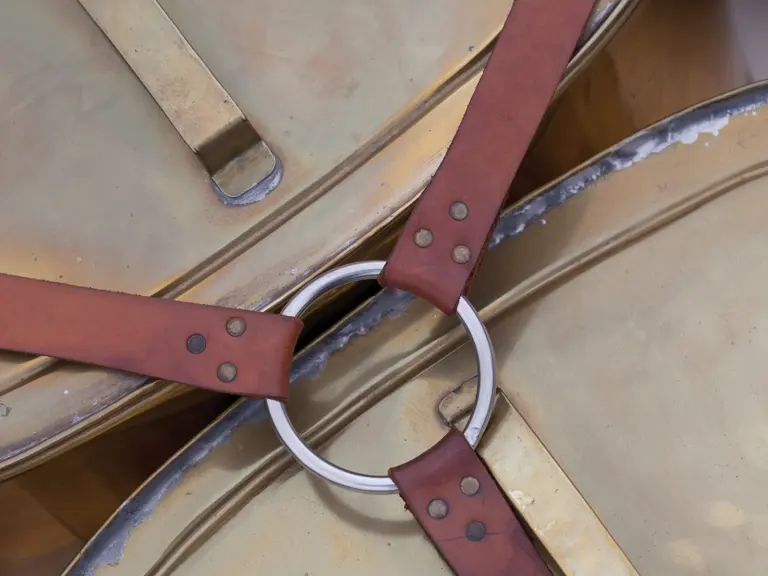
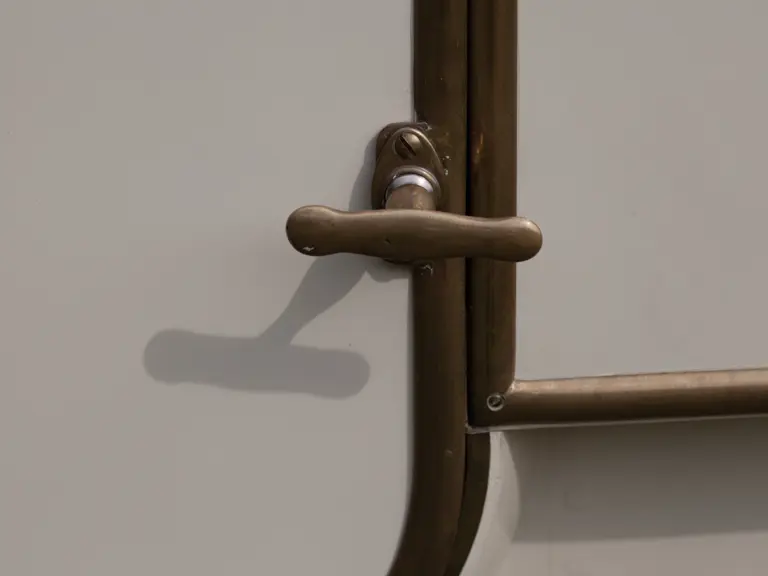
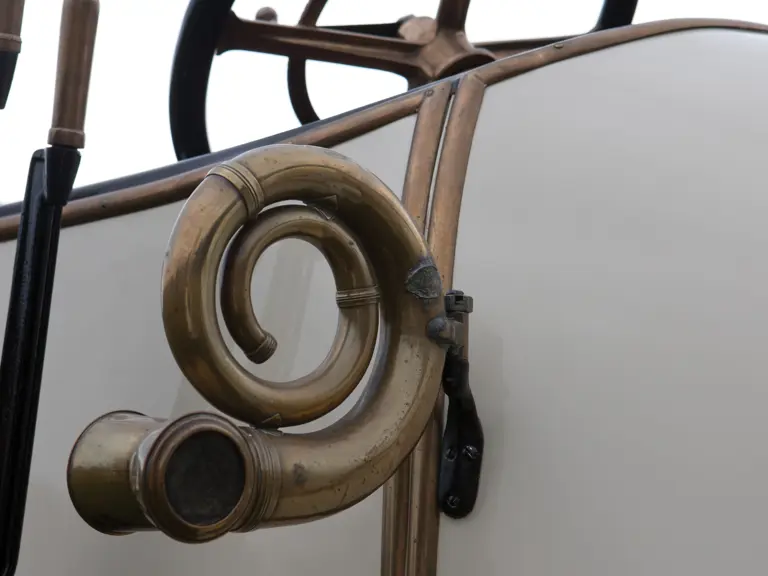
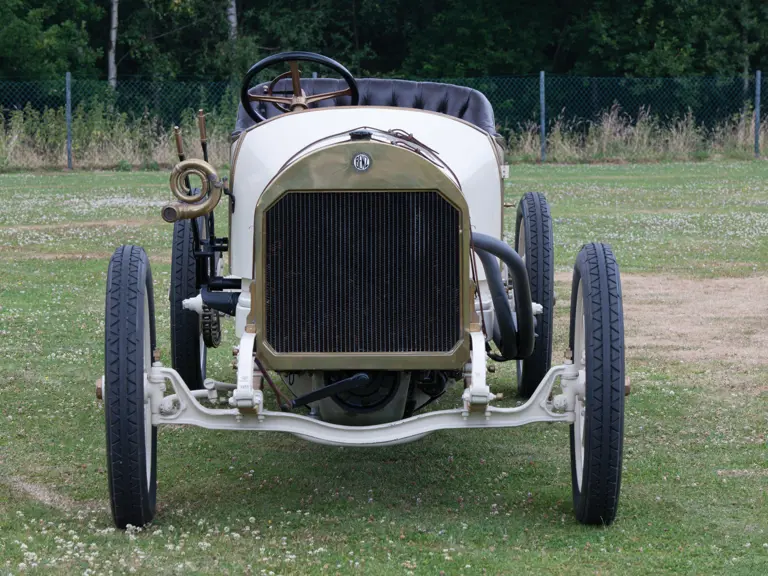
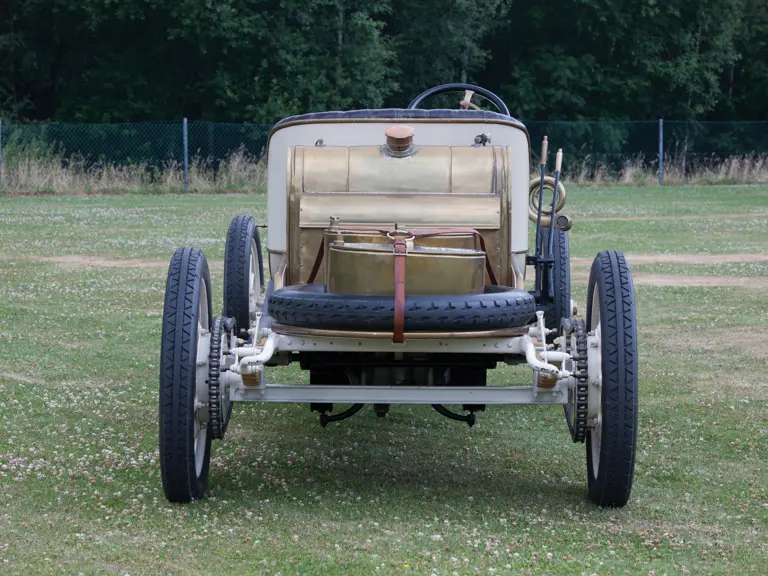
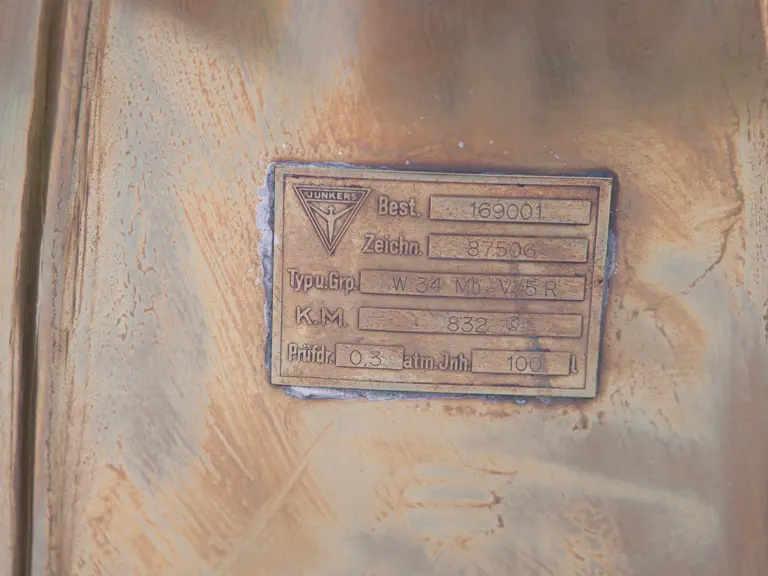
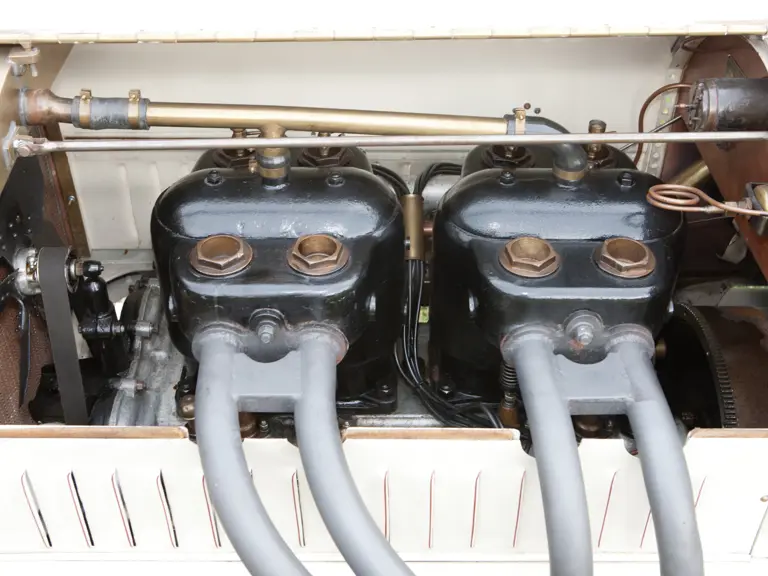
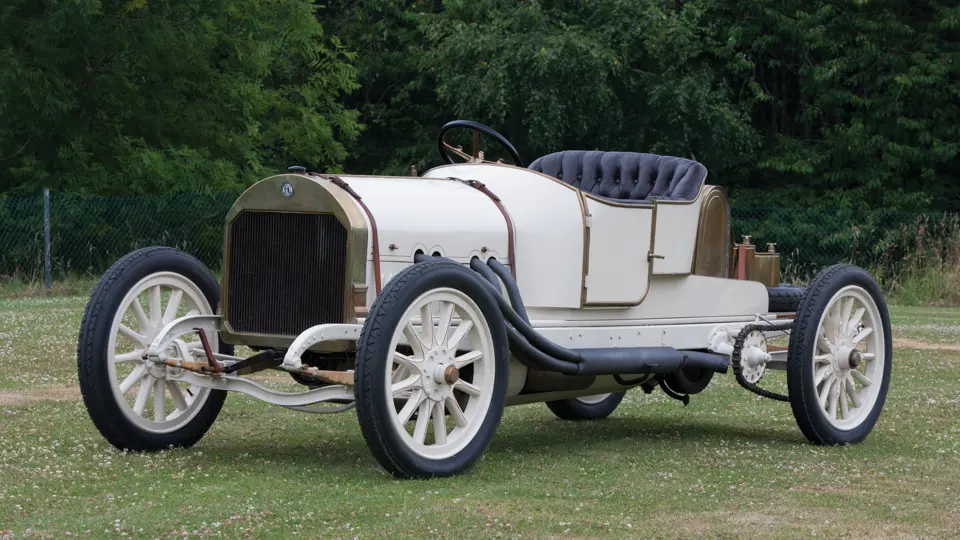
 | London, United Kingdom
| London, United Kingdom

